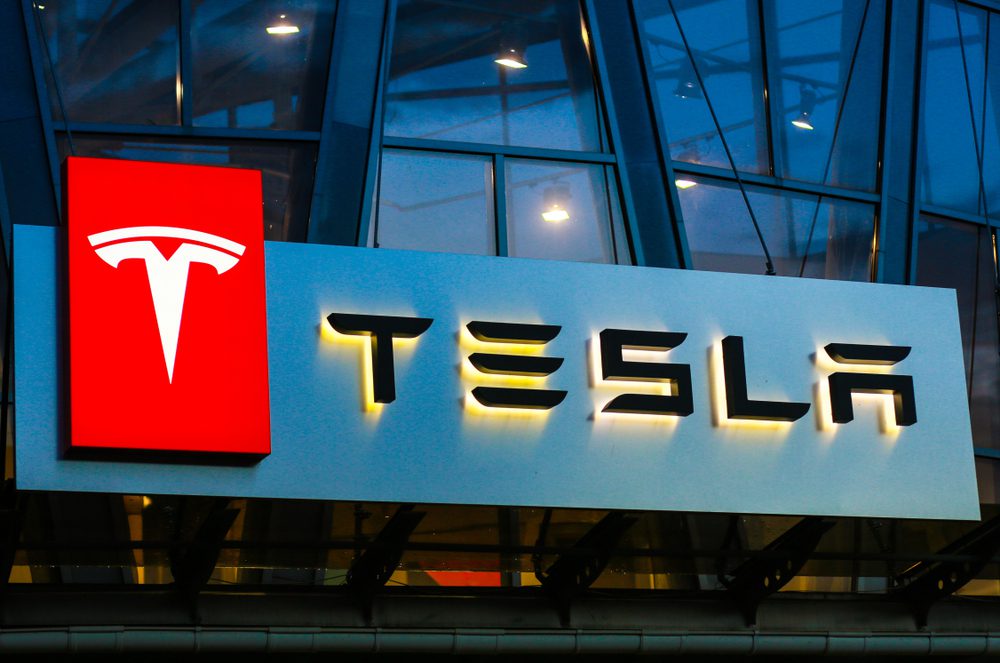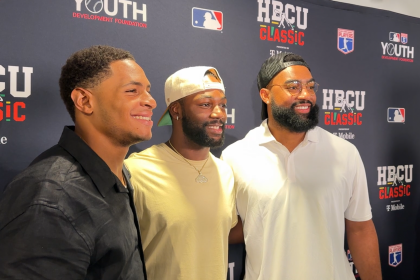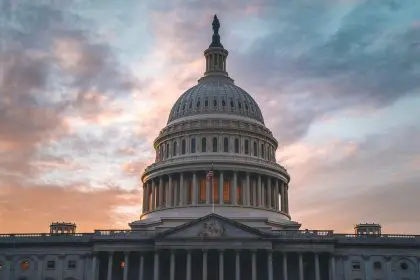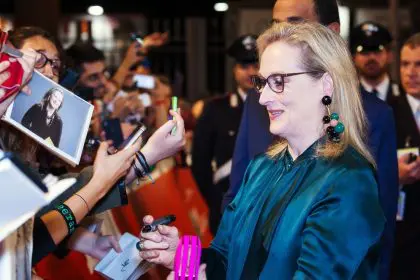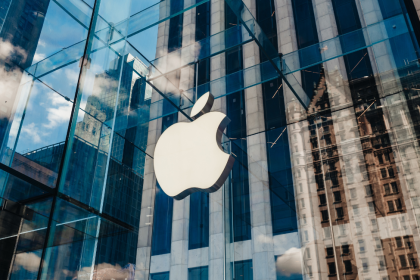That perfectly posed Instagram model promoting skincare products might have flawless skin for reasons beyond good genetics and expensive serums. She might not have skin at all. Welcome to the uncanny valley of social media, where artificial intelligence has learned to create influencers so convincing that millions of followers don’t realize they’re crushing on computer code.
The rise of AI-generated influencers represents one of the strangest developments in our already weird digital age. These virtual personalities have backstories, preferences, relationships, and carefully curated aesthetics that feel authentic enough to build genuine emotional connections with real humans who know they’re following fictional characters.
What started as a technological novelty has evolved into a legitimate business model that’s making traditional influencers nervous and marketers very excited. When your competition doesn’t age, never has bad skin days, and never demands higher pay rates, the influencer landscape starts looking very different.
The perfect humans that never existed
AI influencers don’t just look impossibly perfect by accident. They’re designed that way, pixel by pixel, to embody whatever aesthetic their creators think will attract the most followers and brand partnerships. These digital personalities can have flawless skin, perfect proportions, and wardrobes that never repeat because every outfit exists only in the moment it’s created.
The technology behind these virtual influencers has reached a point where distinguishing them from real people requires close examination. Advanced computer graphics combined with sophisticated AI can generate faces, expressions, and even video content that passes casual inspection. The uncanny valley that used to make digital humans obviously artificial has been largely conquered.
Creating an AI influencer involves more than just generating a pretty face. Teams of developers, artists, and marketers work together to craft entire personalities, complete with backstories, interests, and social media voices that feel authentic. These characters often have more consistent personalities than real influencers because every post is carefully planned rather than spontaneously created.
The visual consistency of AI influencers gives them an advantage over human personalities who have bad hair days, changing moods, and natural aging processes. When your entire existence is curated through digital tools, maintaining brand consistency becomes much easier than it is for actual humans.
Building emotional connections with code
Perhaps the most surprising aspect of AI influencers is how readily audiences form genuine emotional attachments to them. People comment on their posts with the same enthusiasm they show for human influencers, offer support during fictional personal struggles, and celebrate their virtual achievements as if they were real accomplishments.
These artificial personalities often share carefully crafted personal stories about overcoming challenges, pursuing dreams, and navigating relationships. The irony is that fictional struggles can feel more relatable than real ones because they’re designed specifically to resonate with target audiences rather than reflecting the messy complexity of actual human experience.
The comment sections of AI influencer posts reveal fascinating insights into how people interact with artificial personalities. Followers offer advice, share their own experiences, and form communities around shared interests with someone who doesn’t technically exist. The social connections feel real even when the personality at the center doesn’t.
Some AI influencers have developed such strong followings that fans create fan art, write stories about them, and even develop romantic feelings toward these digital creations. The emotional investment people make in fictional characters they know are fictional challenges traditional assumptions about authenticity in social media relationships.
Brands discover the ultimate spokesperson
From a marketing perspective, AI influencers represent the holy grail of brand partnerships. They never have scandals, never disagree with brand messaging, never demand creative control, and never age out of their target demographic. They’re essentially permanent employees who work around the clock without ever asking for raises.
The cost-effectiveness of AI influencers becomes apparent when compared to traditional influencer marketing. While top human influencers command six-figure fees for major campaigns, AI personalities can promote products indefinitely without additional compensation beyond their initial creation and maintenance costs.
Brand partnerships with AI influencers avoid many of the risks associated with human spokespersons. There’s no worry about personal controversies, inconsistent messaging, or competing brand loyalties. The AI influencer will promote whatever products their creators want them to promote, with whatever tone and messaging the brand prefers.
The global appeal of AI influencers also makes them attractive to international brands. These digital personalities can be programmed to speak multiple languages, understand cultural nuances, and adapt their messaging for different markets without the logistical challenges of coordinating human influencers across time zones and cultural differences.
The authenticity paradox nobody talks about
The success of AI influencers creates a fascinating paradox around authenticity in social media. Audiences often crave authentic content and genuine personalities, yet they’re willingly engaging with influencers they know are completely artificial. This suggests that authenticity might be more about consistent messaging and relatable content than actual human existence.
Many AI influencers lean into their artificial nature rather than trying to hide it. They joke about being digital, reference their computer-generated existence, and play with the boundary between real and virtual in ways that feel more honest than human influencers who carefully curate their lives to appear more perfect than reality.
The transparency about being artificial might actually make AI influencers feel more authentic than human influencers who present highly curated versions of their lives while claiming to be genuine. When everyone knows the persona is constructed, there’s less pressure to maintain the illusion of effortless perfection.
This authenticity paradox extends to the content these AI personalities create. Their posts about fictional experiences and artificial emotions can feel more relatable than real influencers’ posts about luxury lifestyles and experiences that most followers will never have.
Real influencers fight back with humanity
The rise of AI competition has pushed human influencers to emphasize their humanity in ways that weren’t necessary before. Showing flaws, sharing genuine struggles, and highlighting the messy reality of real life has become a competitive advantage when your competition is literally perfect.
Some human influencers have started explicitly marketing their humanity, emphasizing their real emotions, authentic relationships, and genuine experiences as selling points that AI personalities can’t replicate. The value proposition shifts from aspirational perfection to relatable authenticity.
The influencer economy is adapting to include both human and AI personalities, often serving different functions for different audiences. Human influencers might focus on genuine lifestyle content and personal storytelling, while AI influencers handle more commercial, product-focused content that doesn’t require emotional depth.
This competition has also sparked conversations about disclosure and transparency in influencer marketing. While AI influencers often acknowledge their artificial nature, the line between enhanced human content and fully artificial content continues to blur as technology advances.
The future of digital celebrity culture
AI influencers represent just the beginning of how artificial intelligence will reshape celebrity culture and social media engagement. As the technology improves, these digital personalities will become even more sophisticated, potentially developing AI-driven personalities that can respond to current events and engage with followers in real-time.
The success of AI influencers suggests that audiences are more flexible about authenticity than traditional media assumed. People seem willing to engage with obviously artificial personalities as long as the content provides value, entertainment, or emotional connection.
Future developments might include AI influencers that can video chat with fans, appear at virtual events, or even develop their own creative projects. The line between human and artificial celebrity might continue blurring until the distinction becomes less relevant than the quality of content and engagement.
The implications extend beyond entertainment into questions about identity, authenticity, and human connection in digital spaces. As AI personalities become more sophisticated and numerous, society will need to grapple with what it means to form relationships with artificial beings and how these interactions might affect human social development.
The AI influencer phenomenon reflects broader changes in how people relate to technology and artificial intelligence. These digital personalities serve as a bridge between traditional media consumption and the more interactive relationships that might define future human-AI interactions across many aspects of life.






